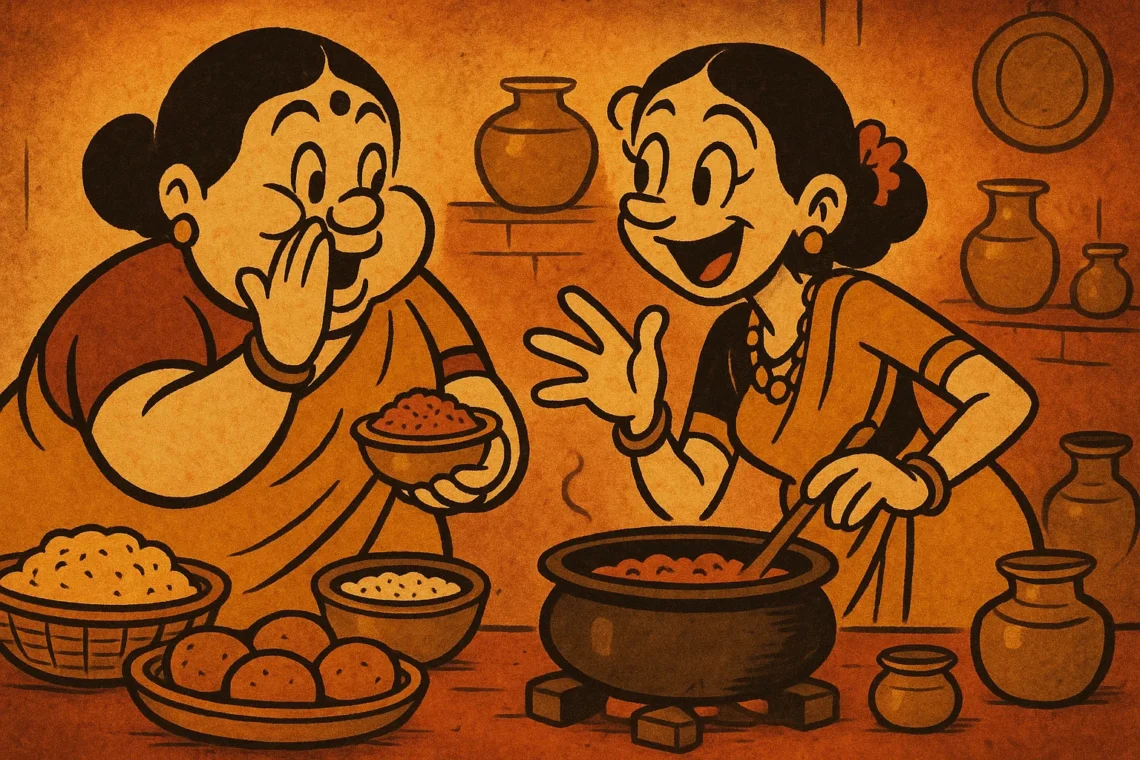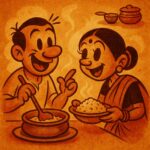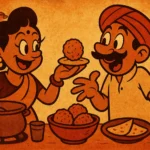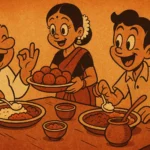You don’t just *add* kala namak—you *deploy* it. It’s not for every dish. It’s for *the* dish. The one that needs a little sass. A little attitude. The one that wants to surprise your tongue and make your eyebrows raise. And if you’ve grown up around it, you know this: kala namak, or black salt, doesn’t whisper. It makes an entrance. And just like any good piece of gossip, it lingers long after it lands.
In my house, kala namak didn’t sit with the regular salts. No chance. It had its own little container in the masala drawer, usually stained at the edges, smelling like boiled eggs and unfinished business. You could smell it before you tasted it. Sharp, sulphuric, unapologetic. My mom would open it like she was about to spill a secret. “Just a pinch,” she’d say, tapping it into fruit chaat or lemon soda, as if any more would be too much truth all at once.
The Flavor of Drama
Kala namak doesn’t just salt a dish—it transforms it. You put it on papaya, it becomes palatable. On guava? Next level. On cucumber? Now you’re talking. It gives chaats their sharpness, pani puri its punch, and digestive pills their suspiciously addictive appeal. You could argue that kala namak isn’t even seasoning—it’s commentary. It doesn’t fix blandness. It points it out. It says, “This needed help, and I’ve arrived.”
My dadi used to say you could tell how juicy the family gossip was by how much kala namak she added to her *chaas*. If it was mild, someone had eloped in the neighborhood. If it was strong enough to make you wince, then someone’s secret second marriage had just been exposed. And we’d sit there, sipping buttermilk laced with salt and speculation, nodding silently as our eyes watered—not from the spice, but from the stories.
Beyond the Kitchen
Kala namak is medicinal too—because of course it is. Indigestion? Kala namak and lemon. Bloated? Kala namak and ajwain. Emotional imbalance? That’s not an official use, but honestly, I’ve eaten enough kala namak-spiked fruit salad after awkward family functions to know it helps. It doesn’t heal. But it definitely makes you feel like you’re doing something about it.
I remember once making a bowl of sprouted moong salad in my Austin kitchen and adding regular salt. It tasted… fine. Then I added a pinch of kala namak, and boom—it tasted like the streets outside Juhu Beach, like nimbu soda from a steel cart, like being sixteen and not knowing if that boy liked you but still being handed a plate of chana chaat to cheer you up. It was nostalgia and judgment and flavor all in one pinch.
Too Much Truth
But here’s the thing—too much kala namak is a disaster. Just like gossip. It stops being fun and starts being overwhelming. You can’t undo it. You can’t “add more yogurt to balance it.” You have to live with it. Eat around it. Learn your lesson. Kala namak punishes the overzealous. It demands restraint. And like a good piece of juicy intel, it tastes best when shared lightly.
Not Just a Salt
For all its boldness, kala namak has tenderness too. It’s in the chaas your mom makes when you’re sick. It’s in the jaljeera that revives you after a sweaty day. It’s in the kala khatta gola that burns your throat in the best way. It belongs to the kind of food that doesn’t pretend to be delicate. Food that knows you’ve had a long day and need a little slap and a cuddle, at the same time.
So yes, kala namak is messy. It’s pungent. It’s unrefined. But it’s also honest. And in a world of quiet politeness and bland dinners, a pinch of it—like a well-timed truth—might be exactly what your food, and your life, needs.
Born in Mumbai, now stir-frying feelings in Texas. Writes about food, memory, and the messy magic in between — mostly to stay hungry, sometimes just to stay sane.












